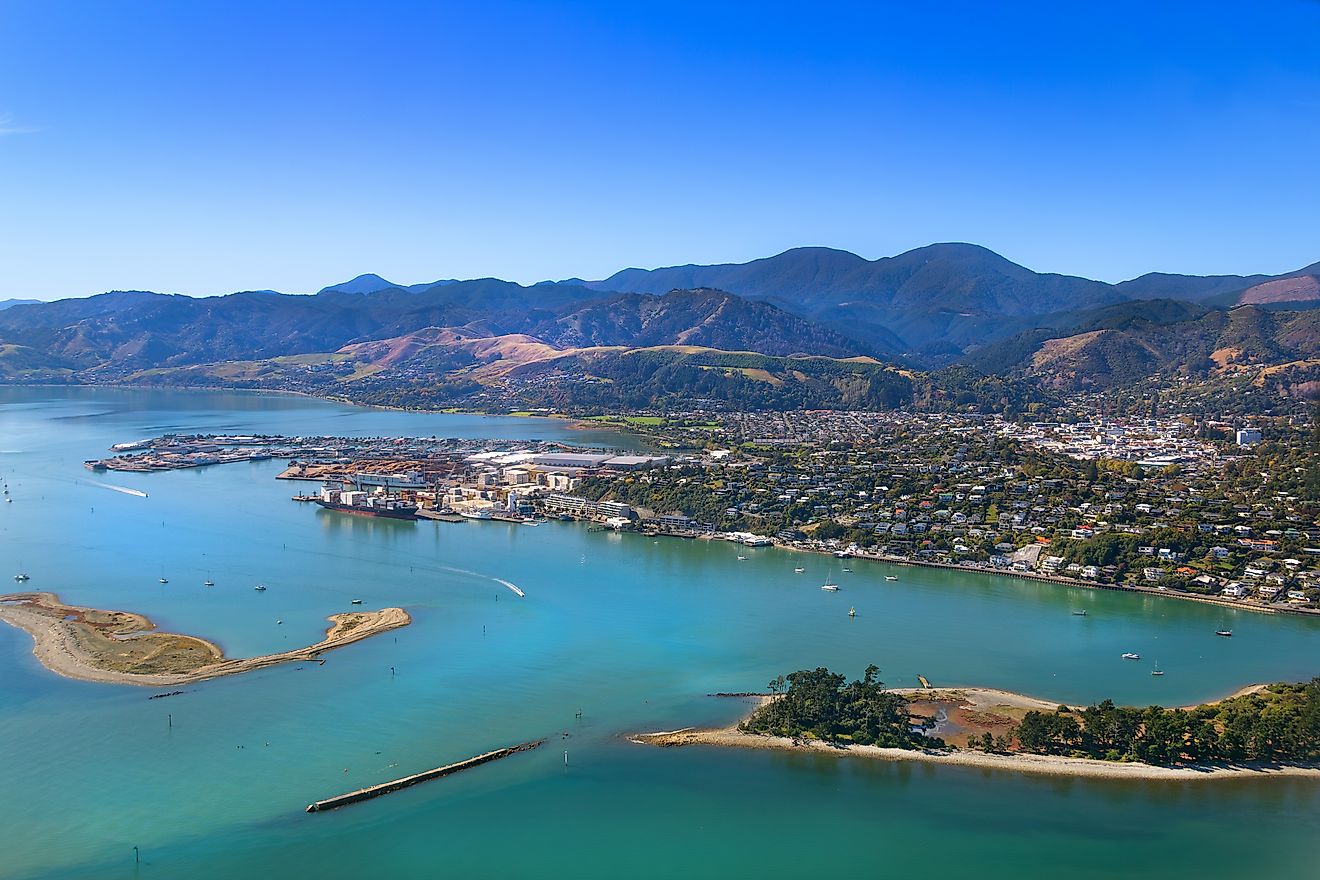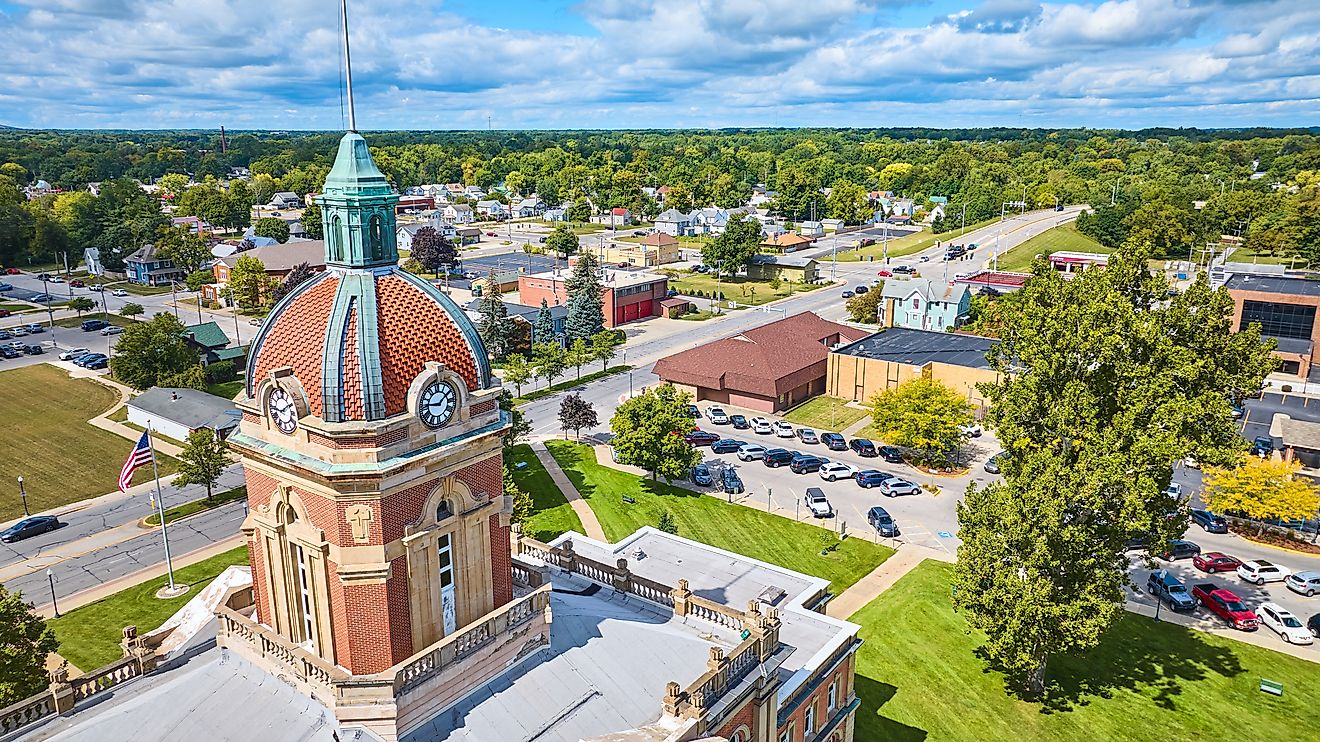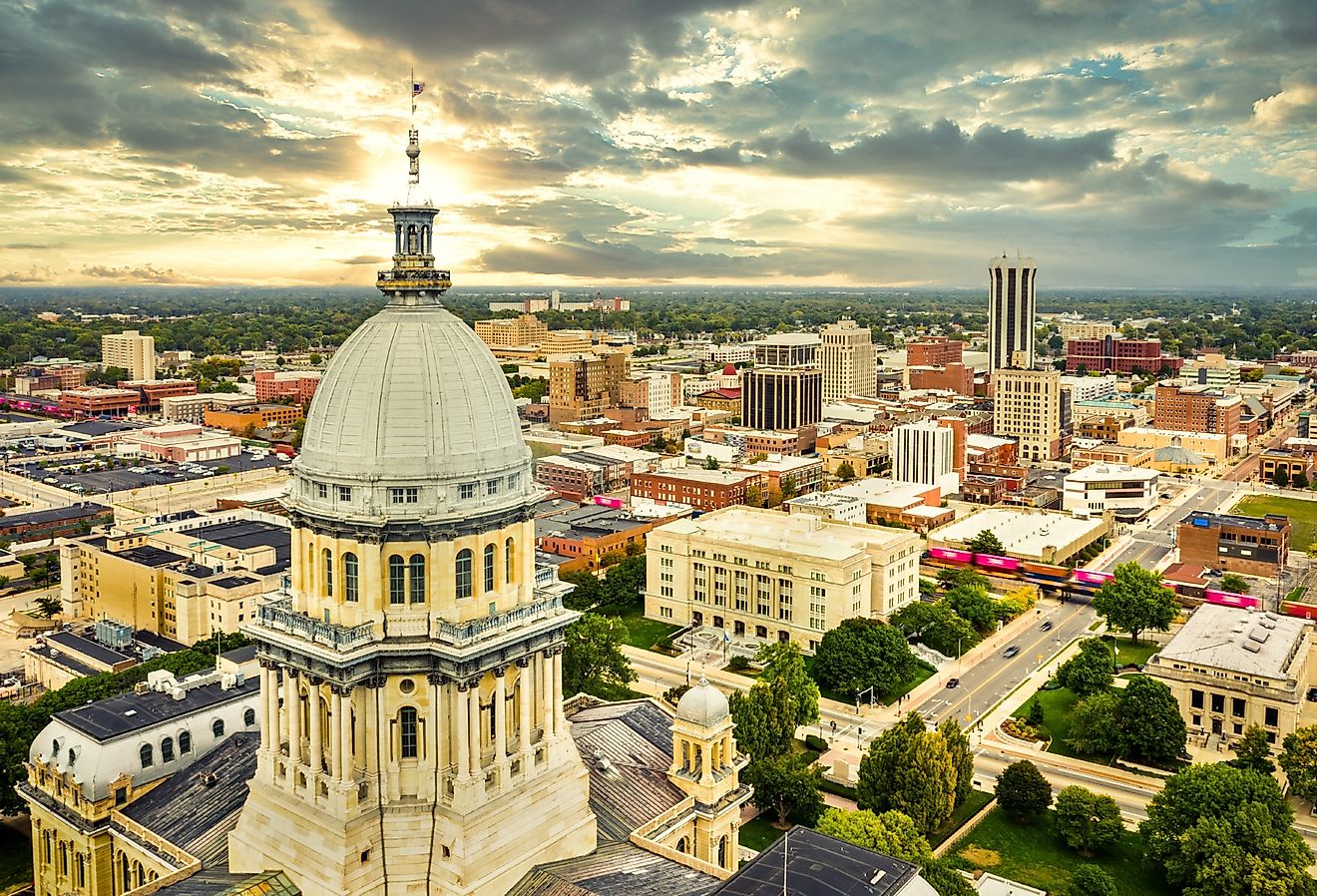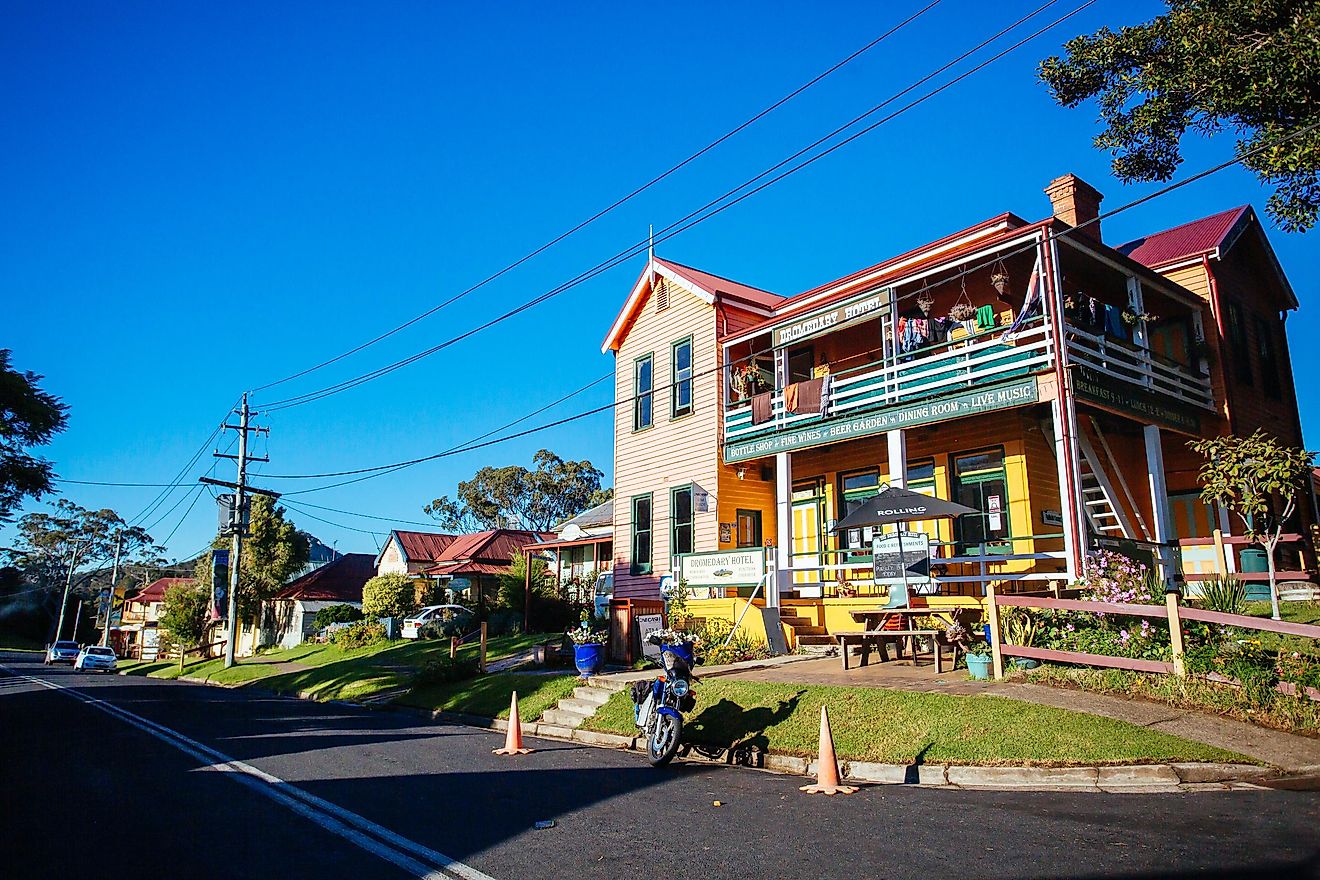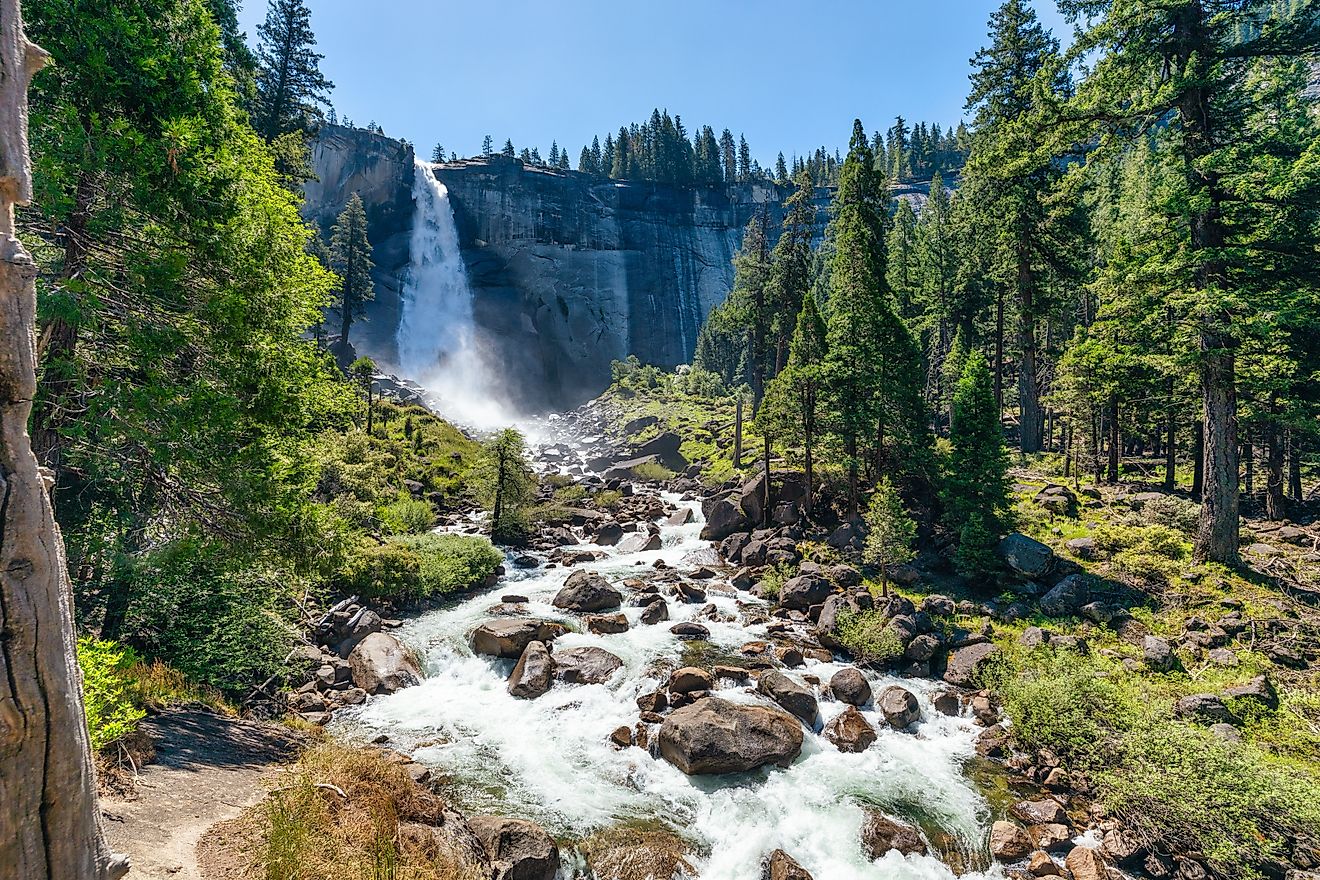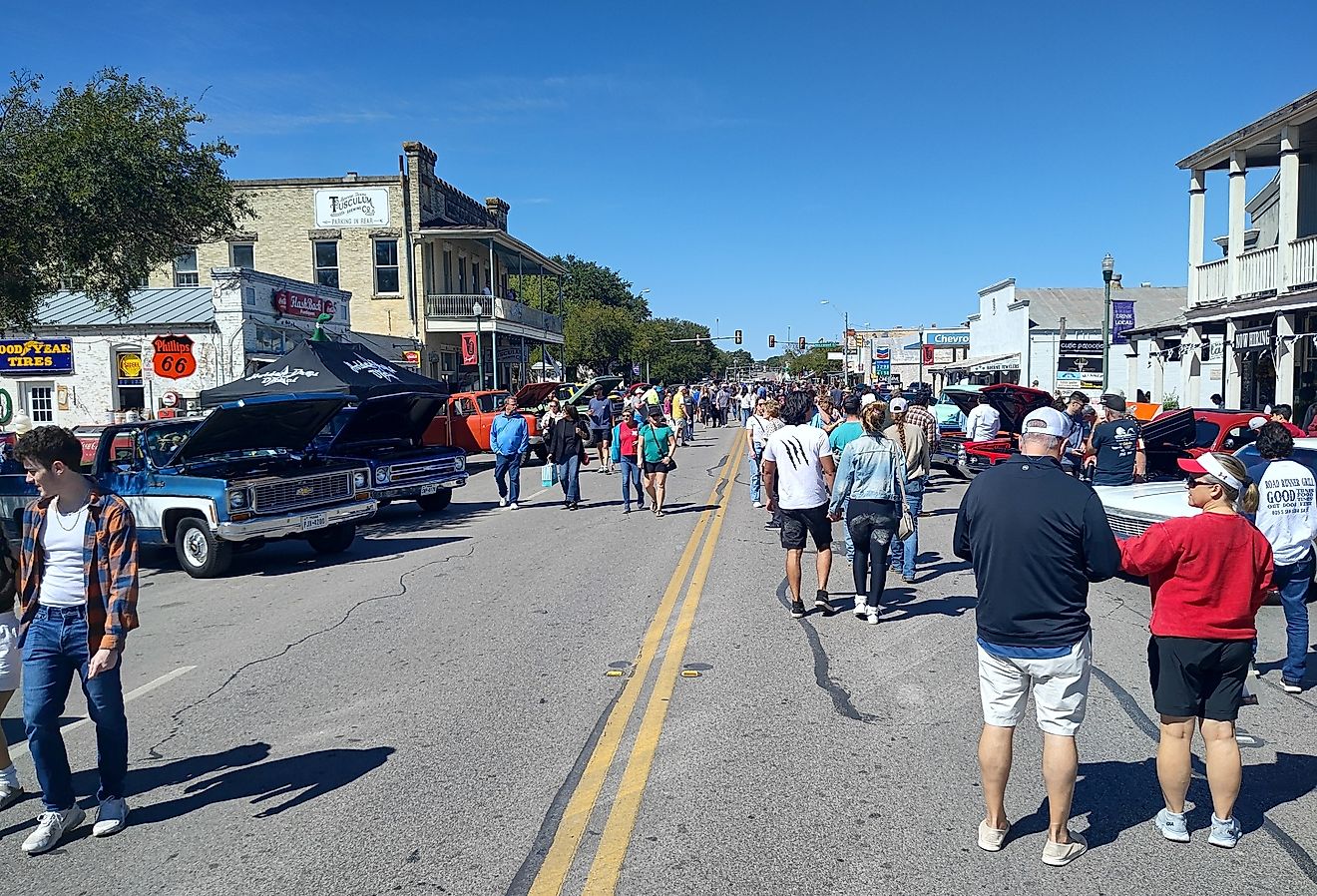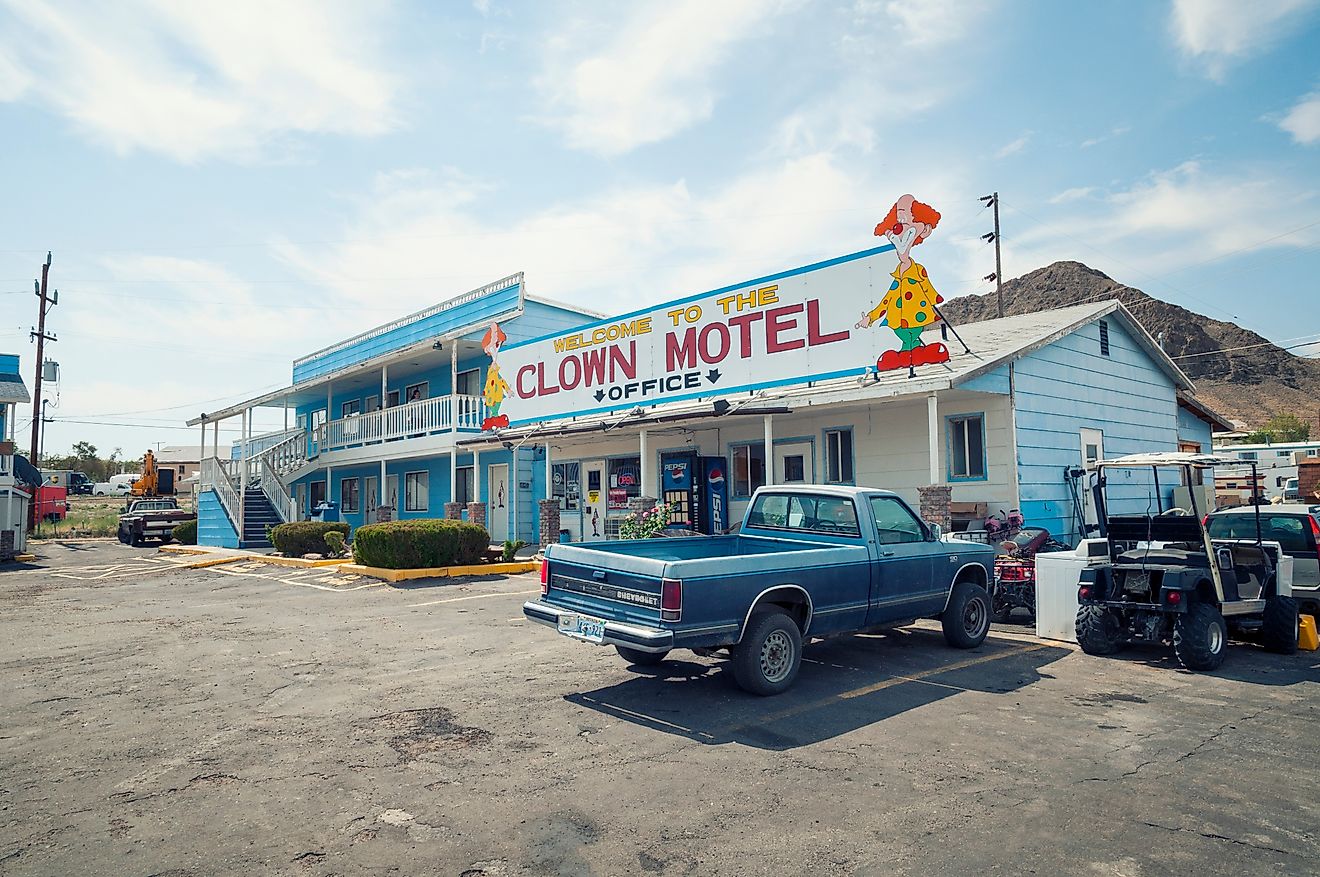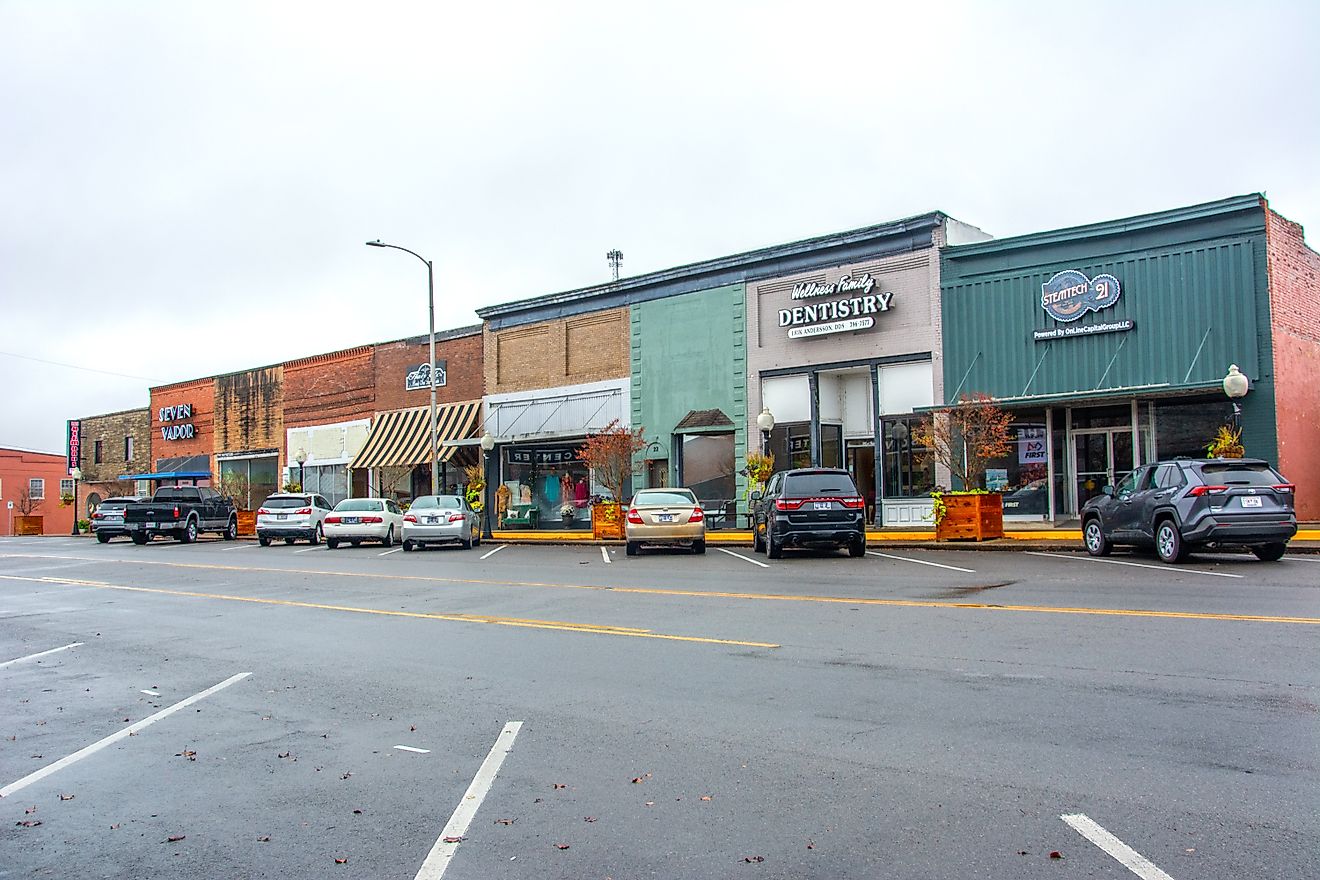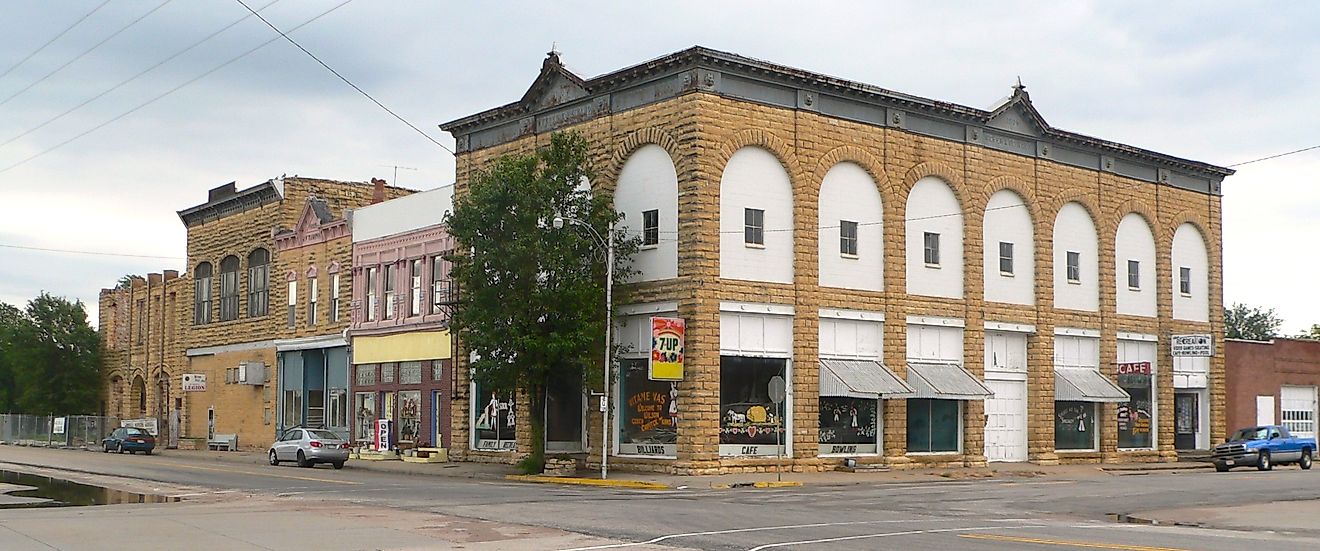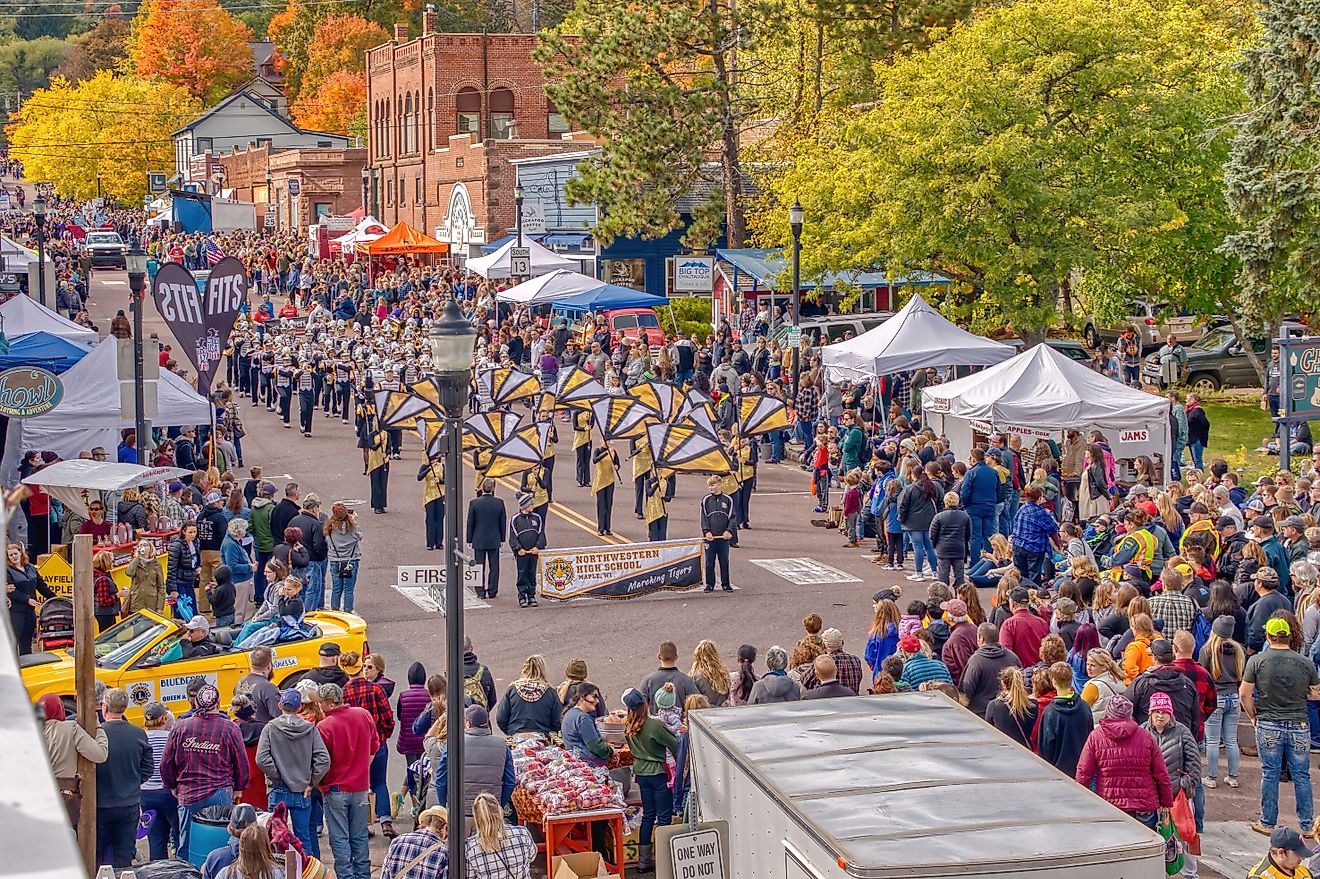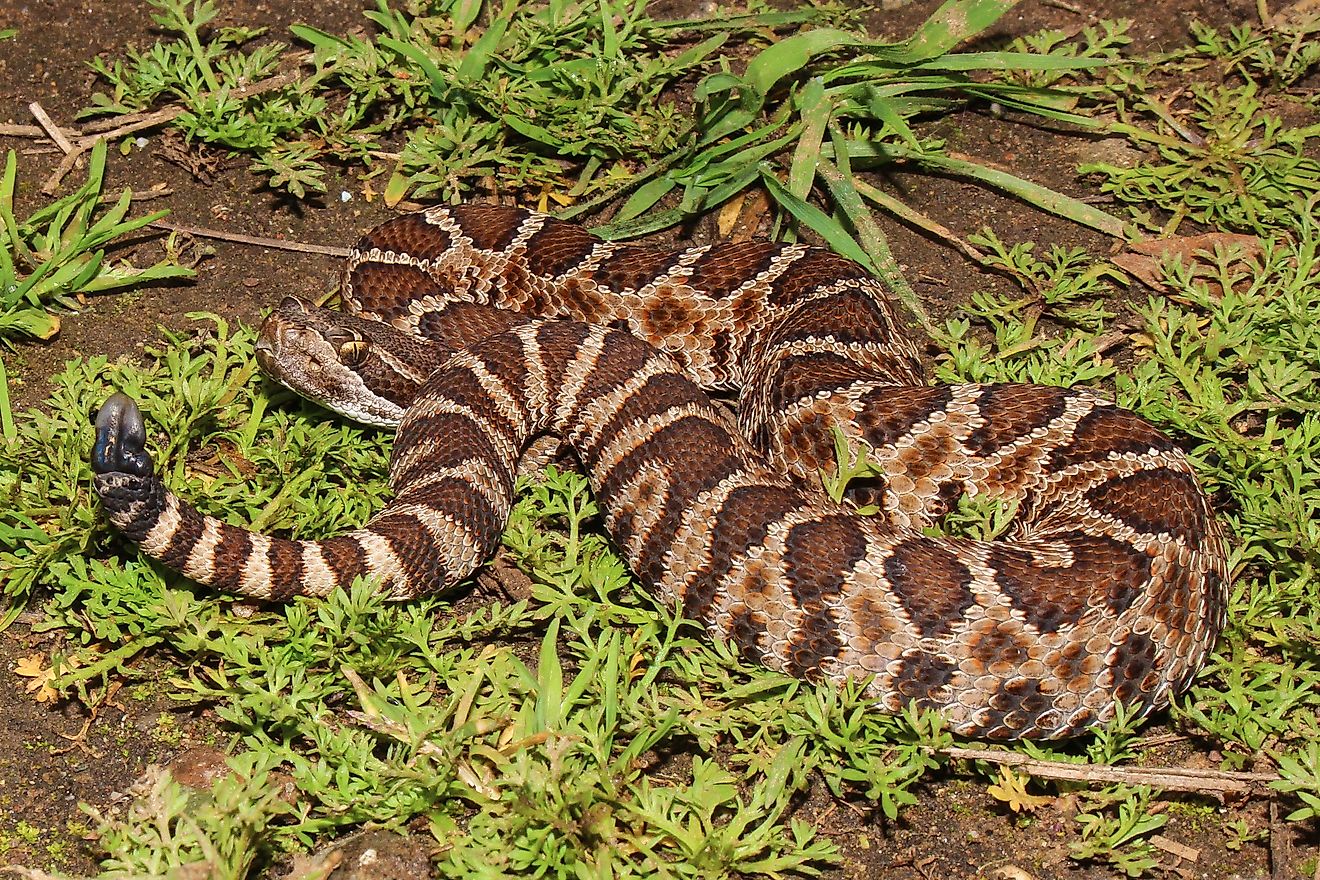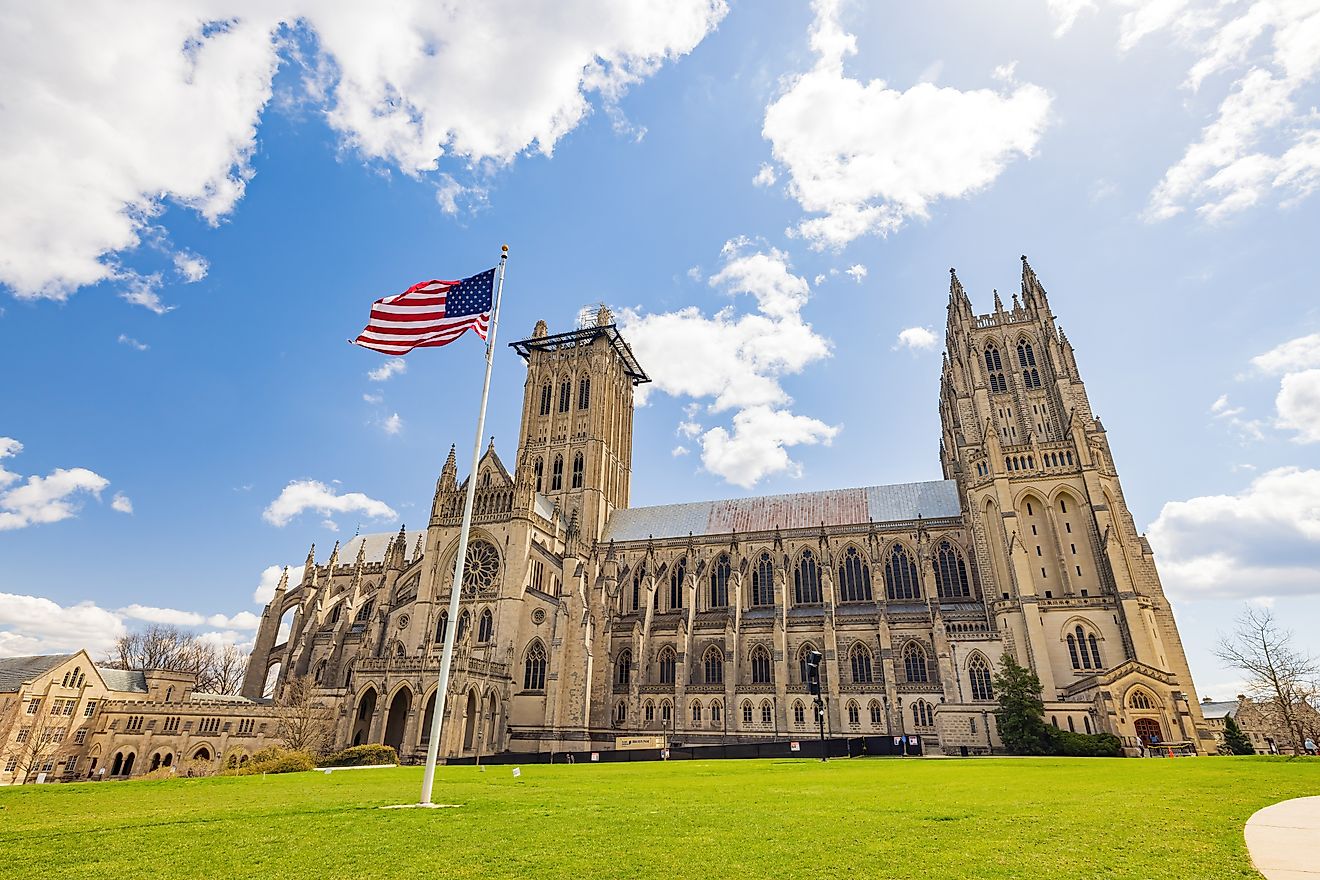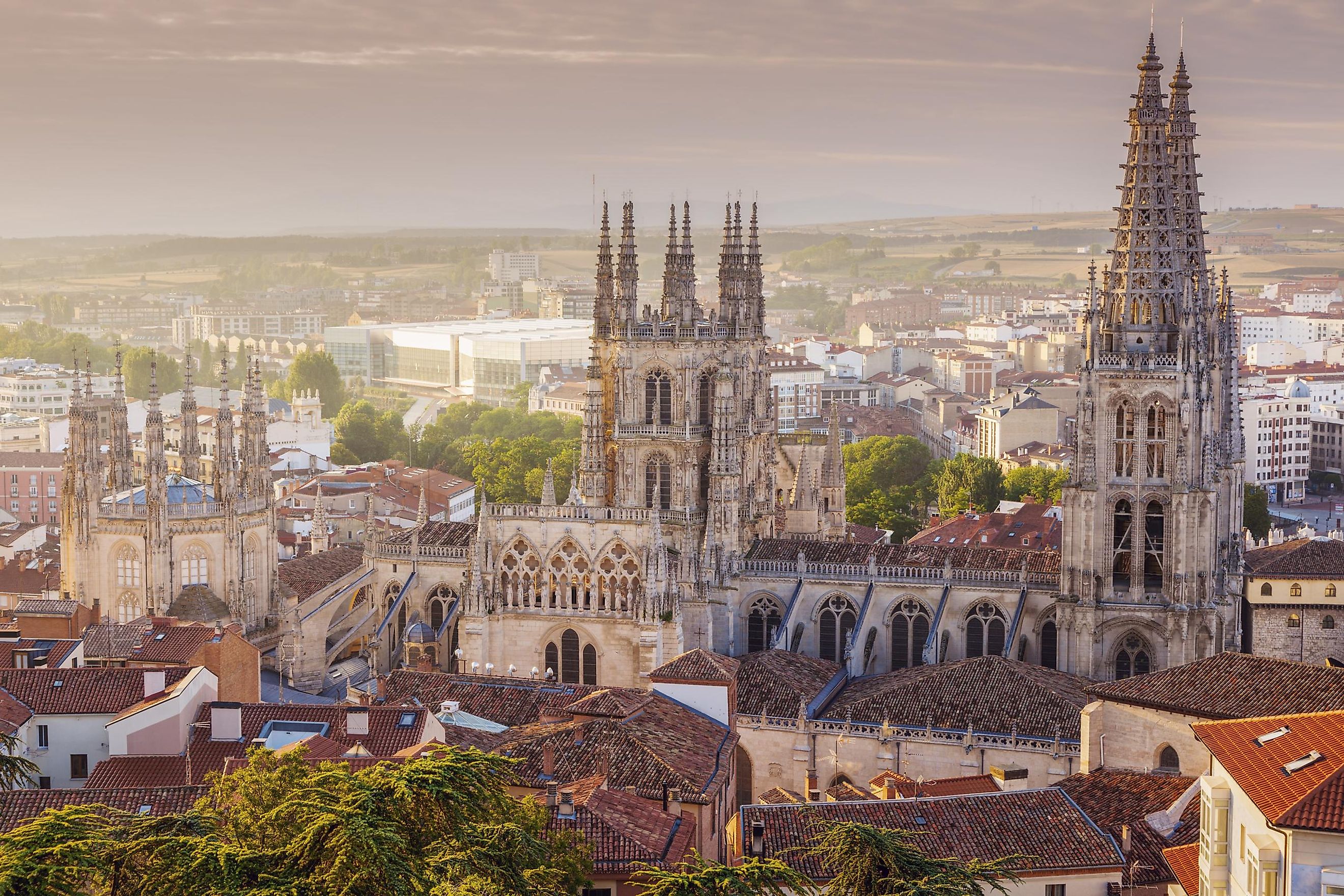
Burgos, Spain
The North-Central Spanish city of Burgos is the current capital of the Province of Burgos and the former, long-standing capital of the kingdoms of Castile (land of the castles) and León. Its favorable location makes it easily accessible from all major Spanish hubs and a welcomed stopover for pilgrims walking the Camino de Santiago (a tradition that has continued, uninterrupted, since the 11th century). Burgos exudes an elegant mix of medieval architecture and modern amenities. Plus, its moderate population of 176,418 (2020 estimate), although making it the most populous city in the province, still helps it to retain a smaller town charm that delights multi-generational residents, recently-relocated expats, and summer tourists alike.
Geography Of Burgos
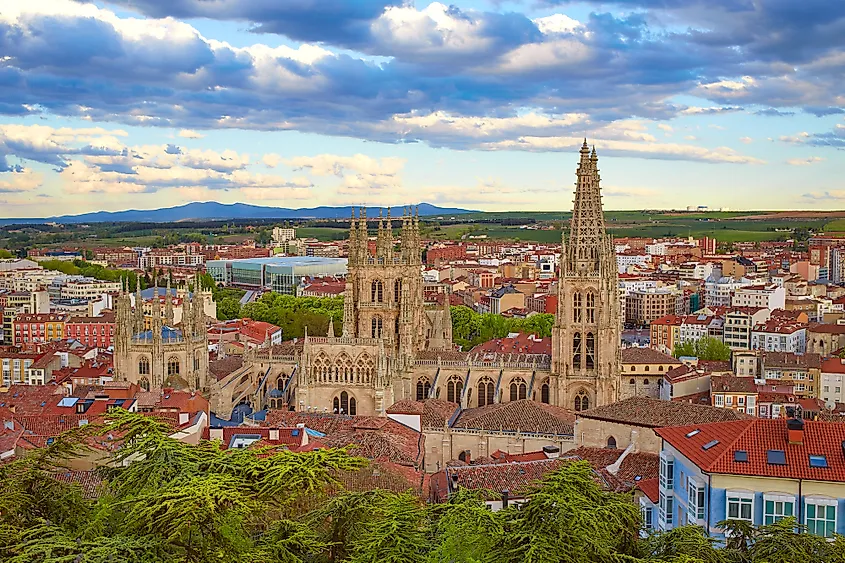
Burgos is the capital of the Spanish province of the same name. Burgos, the province, occupies the Northeastern section of the large, Northwestern/North-Central autonomous community of Castile y León, which itself defines a sizable portion of the Northern Iberian Peninsula. The city sits relatively high on the Meseta Central Plateau, at an elevation of 865 meters (2,838 feet) above sea level and near the convergence of the Rio Vena and Rio Arlanzón. Because of its more northerly latitude (compared to much of Spain), altitude, and inland position, Burgos experiences chillier and windier winters but also less precipitation than the coastal regions. Summers, on the other hand, are sunny and warm (but not sweltering).
Burgos lies roughly 160 kilometers (99 miles) South of Santander (the capital of Cantabria) and the Bay of Biscay. The Santander - Barcelona train line runs right through Burgos, as well as Zaragoza (the capital of the Aragon region), which itself is approximately equidistant from Burgos and Barcelona (~300 kilometers/186 miles) on a Northwest-Southeast tangent. The Spanish capital and international hub of Madrid is also only about 250 kilometers (155 miles) South of Burgos, which is also connected via high-speed rail that swoops through Valladolid. Finally, the Bilbao Airport is another option for accessing Burgos. It resides about 180 kilometers (112 miles) to the North-Northeast.
A Brief History Of Burgos
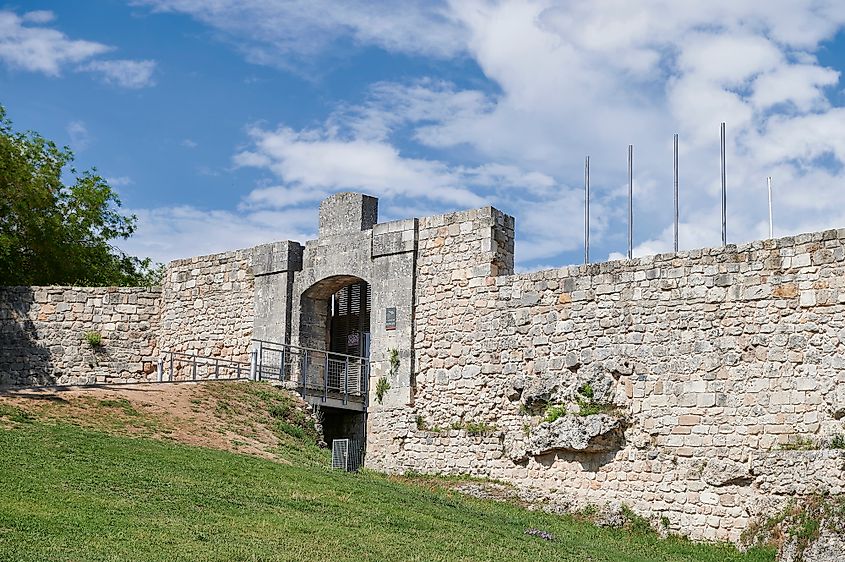
Evidence of human activity in the Northern Iberian Peninsula dates back nearly one million years. In fact, the nearby UNESCO World Heritage Site, the caves of the Sierra de Atapuerca, has proven to be a cache of fossils from some of the earliest known human inhabitants of the European continent. Some of the first formal settlements in the region belonged to Celtic-Iberian or Celtiberian tribes, which sprouted up in the last few centuries of BC. The Romans then took possession of the area around the turn of the millennium.
Flash forward to 884 AD. This time was when Diego Rodriguez Porcelos, the second Count of Castile, commissioned the Castle of Burgos. For 500 years, from the 10th to 15th centuries, the military town turned commercial hub was the capital of the unified kingdom of Castile and León. Its development was greatly aided by its stranglehold on the merino wool trade, as well as the Camino de Santiago (the Way of Saint James) – a revered pilgrimage route that passes right through Burgos on its way from the Pyrenees to Santiago de Compostela (i.e., where Saint James was reportedly laid to rest). Other nearby Camino points of interest include León to the West, Logroño and Pamplona to the East, and St.-Jean-Pied-de-Port (i.e., the official starting point) on the French side of the Pyrenees.
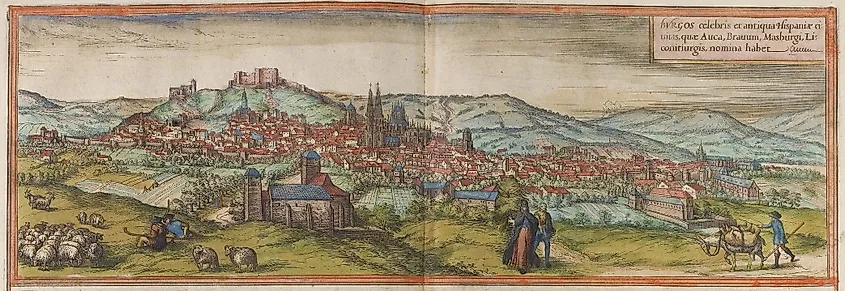
During this prosperous era, the extravagant and now iconic Burgos Cathedral was constructed (that is, in stages between 1221 and 1567). On October 31, 1984, it was designated a World Heritage Site. Come 1560, Madrid supplanted Burgos in political significance, leading to a period of decline for the now-former capital that lasted until about the 18th century.
The Peninsular War brought a short, turbulent era to Bugors' door (or rather, walls). The French defeated the Spaniards in 1808, only to surrender control of the city to the Anglo-Portuguese Army (i.e., British and Portuguese forces) in 1812-13. A small museum built at the once-defiant site of Burgos Castle recaps the conflicts over the centuries. A short time later, in 1833, the recovered city became the capital of the newly formed Spanish Province of Burgos.
Attractions And Festivities Around Burgos
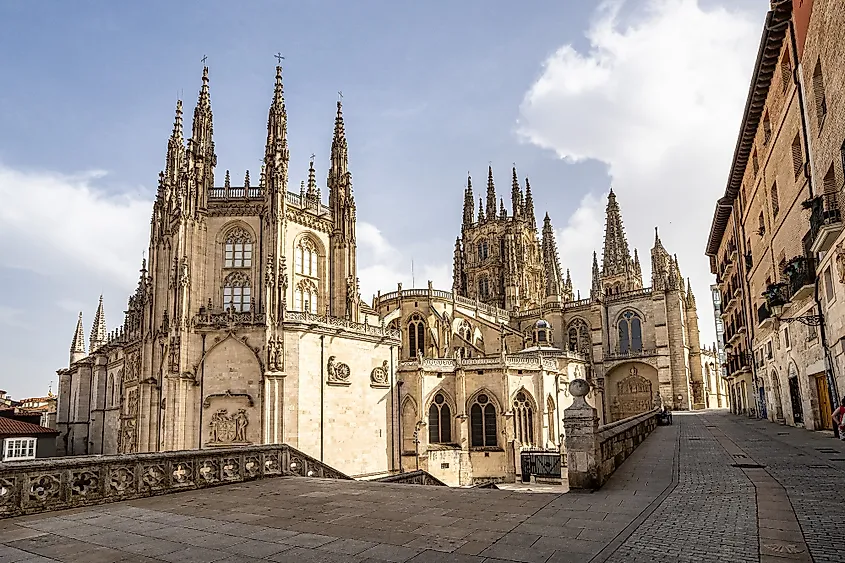
The 13th-century Cathedral of Saint Mary of Burgos, or Burgos Cathedral for short, is a UNESCO World Heritage Site and is widely considered to be one of the most beautiful churches in Spain. The French Gothic exterior starkly contrasts much of the surrounding city. Similar to Pamplona and Logroño, Burgos has a bustling town square (although this one is technically more hexagonal in shape) in the middle of the Old Town, just East of the cathedral. Plaza Mayor is surrounded by colorful apartments, boutique shops, and loads of coffee shops, bars, and restaurants with outdoor patios that spill out onto the spacious red brick square. From here, the labyrinth of narrow cobblestone alleys can be casually strolled, using the plaza as a point of reference for a self-guided tour. Later on, to get a bird's-eye-view of the Old Town and the colossal Burgos Cathedral, make the short grunt up to Mirador de Castillo at the ruins of Burgos Castle (of which the earliest constructions began in the 9th century). There is a restaurant next to the viewpoint, which is perfect for a little sunset libation.
Founded at the end of the 12th century (1187), the Romanesque Monasterio de Las Huelgas, or the Abbey of Santa Maria la Real de Las Huelgas, as it is officially known, is another amazing monument to see in Burgos. It has garnered the national designation of Bien de Interés Cultural (Asset/Property of Cultural Interest). Inside, there is a medieval textile museum, royal tombs, and other artifacts from the Middle Ages. The monastery is still a functional convent, where a group of Cistercian nuns continues to live and worship.
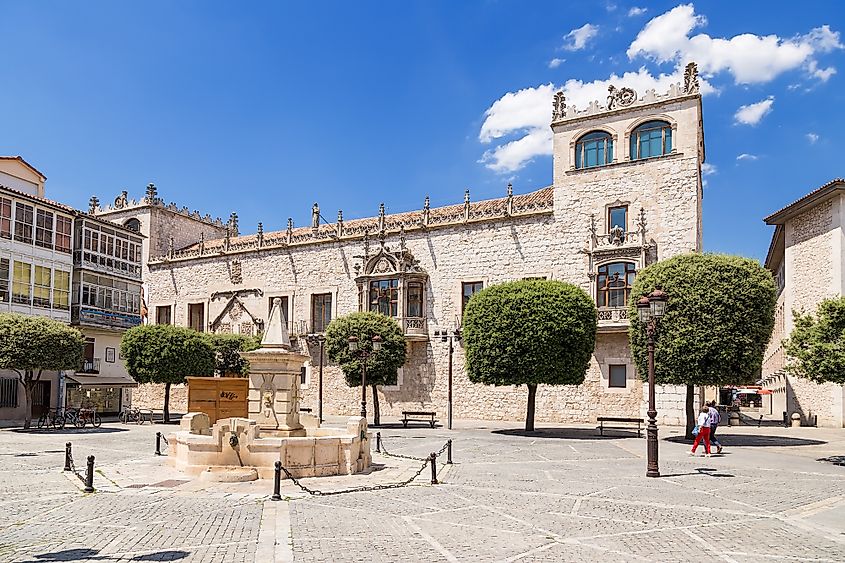
History enthusiasts will want to check out the 15th-century palace, Casa del Cordón. What is now a bank and exhibition space was once the residence of the High Constable of Castile. Casa del Cordón was also the meeting point for Catholic Monarchs and Christopher Columbus after his second voyage to the Americas (in 1497).
There's nothing MEH about Museo de la Evolución Humana (the Museum of Human Evolution). This modern building explores the deep past, displaying our established lineage in chronological order. Anyone curious about human origins will have a delightful afternoon here (just be mindful of the 2:30 - 4:30 siesta during weekdays). The Burgos Museum is also well worth a visit in order to learn more about the history of the Castile and León region. There are prehistoric artifacts, Roman remnants, and a splash of contemporary art for good measure.
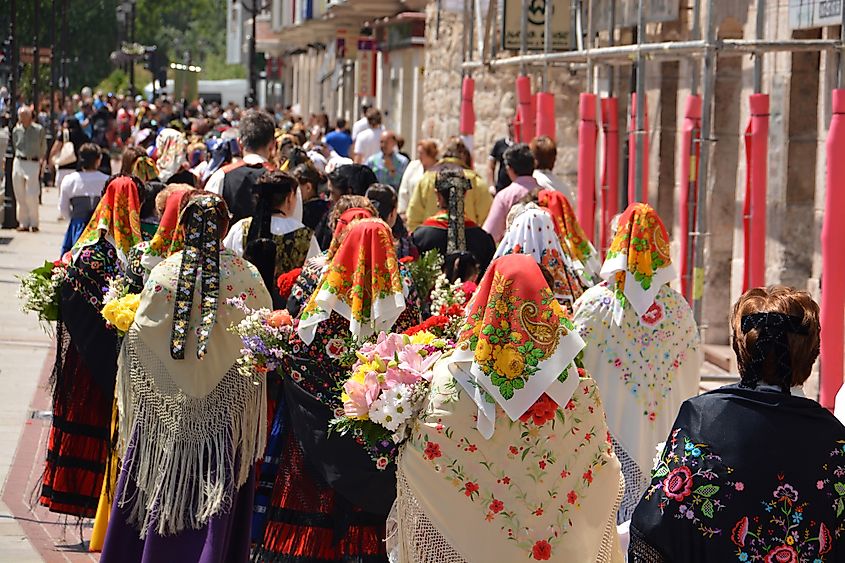
In terms of festivals, Easter Week is the biggest celebration in Burgos. Major religious processions take place each day of the holiday weekend. Non-Christian visitors will still have a great opportunity to soak up the culture, tradition, and general fervor of the event. Switching gears, the Burgos International Folk Festival rolls through town and occupies the town squares during the third week of July. Along with stellar tunes, the festival includes parades, workshops, and street food. And finally, the Burgos Cidiano transports the city back to medieval times, with costumed performers, historical reenactments, parades, pop-up markets, and plenty more – all in the name of the famous Castilian knight, El Cid.
Living In Burgos
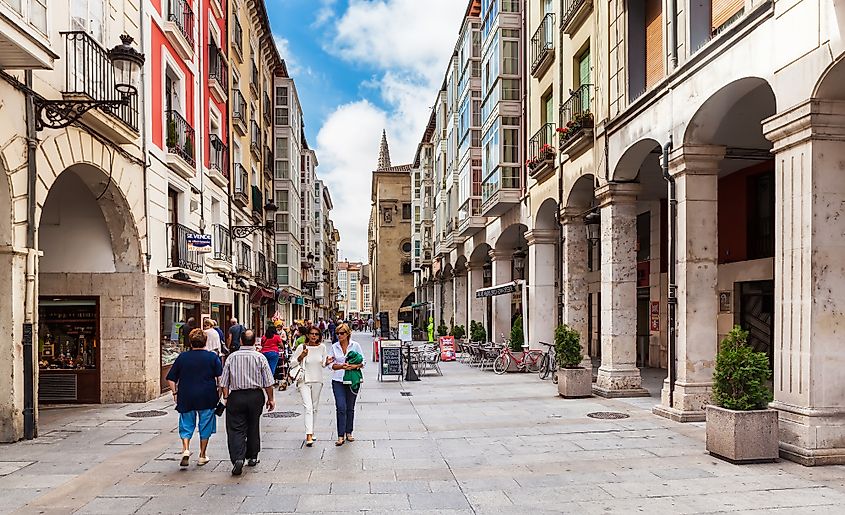
International Living includes Burgos on their list of 5 Lesser-Known Cities for Retirement. Not only is it a moderately-sized city in a pleasant part of Spain, but it is significantly more affordable than many other cities in Europe and almost all of the United States. For example, the projected monthly budget for a single person is about $1,500 (USD equivalent), and $2,000 for a couple. One-bedroom apartment rentals start at just $450/month, and two-bedroom units can be found for as low as $625/month.

In terms of the day-to-day experience, along with the enthralling architecture and pedestrian-friendly core layout, Burgos is well-known for its culinary exploits. Castilian dishes are particularly beloved by carnivores, and the small-plate portions are great for moderation and for sampling several specialties in a single evening. Some local hits include morcilla (i.e., blood sausage), cordero lechal (suckling lamb), lamb chops, sheep cheese, river crabs, marinated trout, stewed cod, and plenty more. Non-meat eaters will appreciate the bounty of lentils and red bean combinations. Those with a sweet tooth should indulge in the traditional desserts, Yemas de Santa Teresa and postre del abuelo. And, of course, this part of Spain is revered for its wines – particularly red wines from the Ribera del Duero region.
Burgos beautifully blends classic Spanish cuisine and culture, Middle Age aesthetics, Roman roots, and prehistoric importance all into a crisp and engaging city. Its size, location, and eclectic inspirations make it a worthy stop for tourists of all walks and an excellent fantasy home for North Americans looking to switch things up in the second half of their lives. So keep this provincial capital in mind if you pass through some well-known Spanish cities, for Burgos is but a modest train ride away from just about anywhere.
